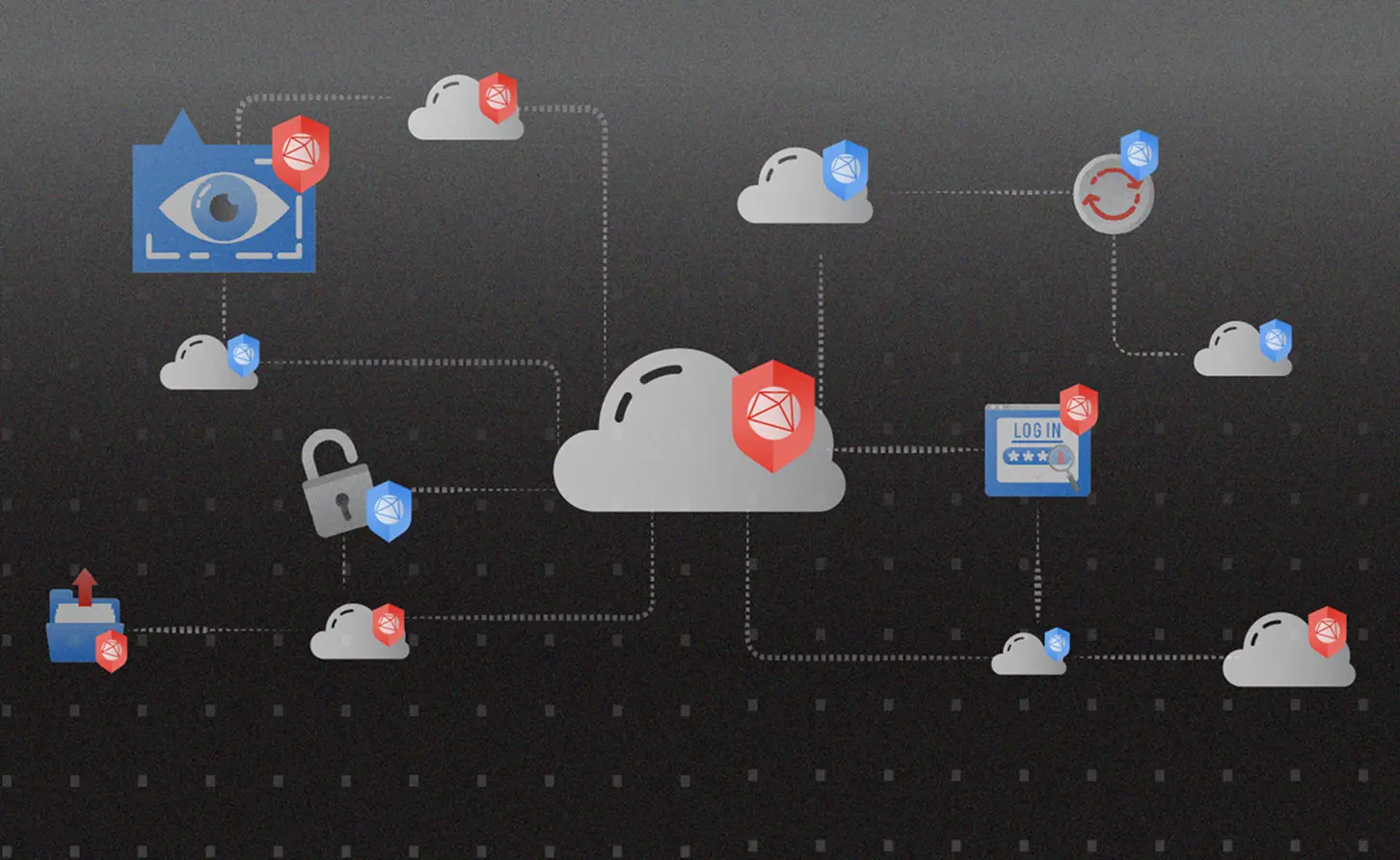After over a decade with the public cloud, businesses recognize its benefits and embrace even multi-cloud strategies to maximize agility, scale, and performance. However, while multi-cloud adoption accelerates innovation, it expands the attack surface, especially for cloud-hosted web applications. Managing security risks across different cloud platforms without hindering development velocity is now a mission-critical challenge.
The Security Complexity of Multi-Cloud Web Applications
Web applications are increasingly distributed across multiple
cloud providers (e.g., AWS, Azure, GCP, AliCloud, Tencent) to optimize for cost,
performance, or compliance. However, each provider has its own native security
tools, identity models, network controls, and monitoring systems. As a result,
protecting web applications becomes a fragmented process, increasing the risk of
misconfiguration, inconsistent policy enforcement, and security blind spots.
Cloud-hosted apps often depend on rapidly evolving dynamic resources
like containers, APIs, and microservices. Threats like exploits targeting the
OWASP Top 10 risks, API abuse, Denial-of-Service, and bot attacks become more
complicated to manage consistently when your application stack is spread across
clouds.
Operational Challenges: Consistency vs. Cloud-Native Nuance
Security teams face significant operational friction when applying uniform security policies across heterogeneous cloud environments. One cloud provider might offer a robust WAF with built-in threat intelligence, while another emphasizes IAM and logging capabilities. This forces teams to either:
- Dedicate staff resources to develop custom integrations to achieve consistency, or
- Accept inconsistent security postures between environments
Both options increase complexity and introduce latency into security processes, contradicting modern DevOps's agile, iterative nature.
A Conflict in Cloud-Native Teams: Security vs. Speed
Organizations that develop and deploy web apps in the public
cloud often follow the dynamic CI/CD practices, where changes to apps are made
frequently. This model empowers coders, DevOps engineers, and cloud architects
to move fast and make decisions autonomously.
This autonomy creates friction with security teams, who are tasked with
enforcing guardrails and protecting sensitive assets. The result? Security is
often seen as a blocker to innovation, leading to bypasses, workarounds, or
inconsistent adoption of critical security measures.
Bridging this gap requires security solutions that are either agnostic
to, or integrate seamlessly with, CI/CD pipelines and cloud-native workflows,
offering protection without disrupting development velocity.
Emerging Risk: The Rise of Ungoverned GenAI Web Apps
An emerging risk to consider when designing a multi-cloud web-application protection strategy is the proliferation of web apps that integrate with or are powered by large language models (LLMs) or GenAI tools. These apps often emerge from shadow IT efforts or fast-paced innovation cycles, and they may:
- Lack proper authentication or access controls
- Be vulnerable to prompt injection, abuse, or data leakage
- Expose sensitive prompts or data through APIs
These GenAI-powered apps can operate under the radar of traditional security programs, making visibility, governance, and runtime protection vital.
Best Practices for Multi-Cloud Web Application Security
Organizations should adopt a strategy combining centralized control with cloud-native adaptability to manage security risks without slowing innovation. Key best practices include:
- Using a Unified Web Application Security Platform: Choose tools that work across clouds and provide consistent protection for WAF, bot mitigation, DDoS protection, and API security.
- Implementing Policy-as-Code: Define and deploy security policies programmatically to align with CI/CD workflows and ensure consistency across environments.
- Embracing Shift-Left Security: Integrate security testing and validation early in the development pipeline to catch misconfigurations and vulnerabilities before deployment.
- Gaining Centralized Visibility: Use a consolidated dashboard or security analytics layer to monitor threats and performance across all clouds.
- Enforcing Governance for AI-Powered Apps: Establish guidelines and controls for GenAI applications, including secure development practices, prompt input validation, and API access restrictions.
Conclusion
Innovation thrives in the cloud, but security must evolve with it. By addressing multi-cloud web application security's unique risks and operational challenges, organizations can safeguard their digital assets without compromising speed, agility, or innovation. The key lies in striking the right balance between centralized security control and decentralized, cloud-native development.
Fortinet FortiAppSec Cloud is a unified web application and API protection platform that is cloud-agnostic and secures applications from known and unknown threats. It combines a web application firewall, API security, bot protection, vulnerability scanning, and DDoS mitigation in a centralized management interface for maximum visibility and control. Learn more







